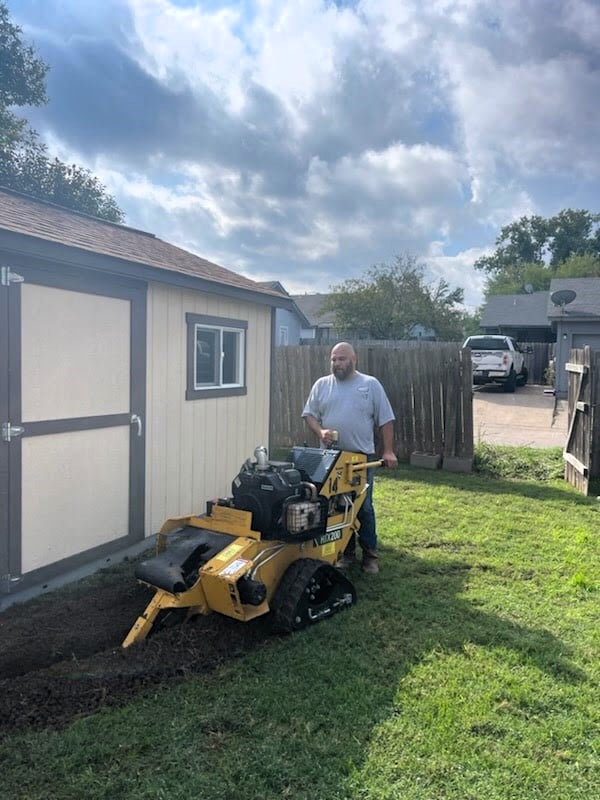The Essential Guide to Installing a New Gas Line for Your Home

Installing a new gas line is a critical task that requires precision, safety, and expertise. It's a process that not only ensures the efficient delivery of natural gas to your home but also safeguards your family’s well-being. Whether you're upgrading your system, adding new gas-powered appliances, or building a new residence, understanding the process of digging and burying a gas line is vital.
Step-by-Step Overview of Gas Line Installation
- Planning and Permits: Before any digging begins, it’s crucial to have a clear plan. This includes obtaining necessary permits and ensuring compliance with local codes and regulations.
- Professional Assessment: Hiring a certified professional is non-negotiable. They can assess your needs, recommend the appropriate type of gas line, and plan the route.
- Locating Utilities: Before digging, it’s essential to identify and mark the locations of existing underground utilities to avoid disruptions and hazards.
- Excavation: The professionals will then carefully dig a trench following the planned route. The depth of the trench is determined by local codes but is typically around 18-24 inches.
- Laying the Pipe: High-quality gas pipes, usually made of materials like HDPE (high-density polyethylene), are laid in the trench. These pipes are specially designed to withstand underground conditions.
- Backfilling and Compaction: After laying the pipe, the trench is backfilled. The soil is compacted to prevent future soil settlement, which could damage the line.
- Pressure Testing and Inspection: Once the line is installed, it undergoes a pressure test to check for leaks. Local authorities may also inspect the installation before it’s put into use.
- Restoration: The final step involves restoring the landscape affected by the trenching process.
Safety and Compliance: The Top Priority
- Professional Installation: Always choose a licensed and experienced contractor for gas line installation.
- Regular Inspections and Maintenance: After installation, periodic checks are essential for safety and efficiency.
Conclusion
Installing a new gas line is a complex process that demands professional expertise. From careful planning and excavation to stringent testing, each step is crucial for a safe and reliable gas supply.
For professional gas line installation services, trust Copperfield Plumbing Services. With our team's expertise and commitment to safety, we ensure your new gas line meets all standards and serves your home efficiently. Contact us at 512-677-6776 or visit our website for more information. With Copperfield Plumbing, experience peace of mind with every turn of the knob.